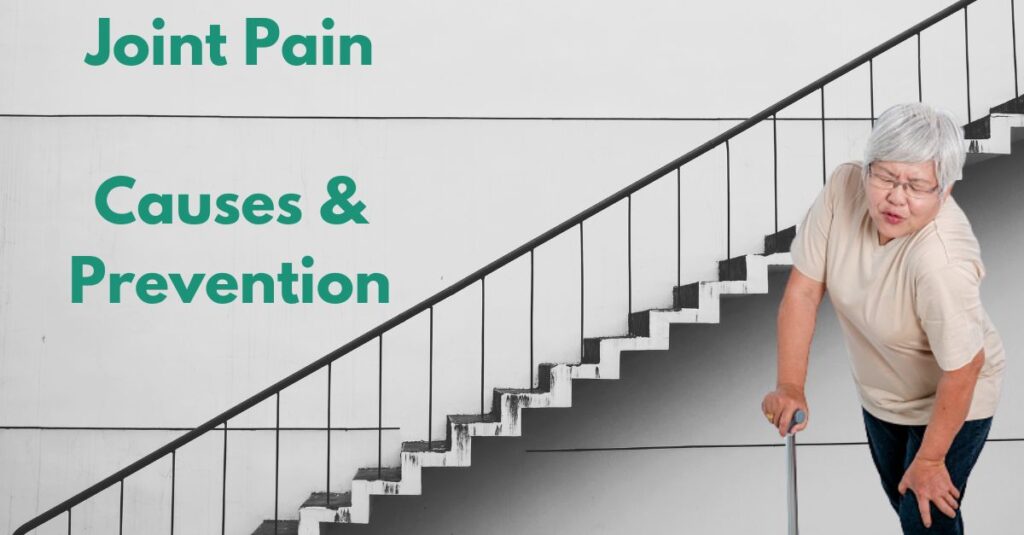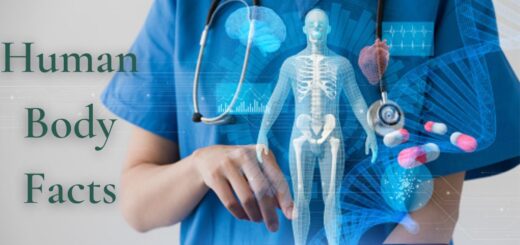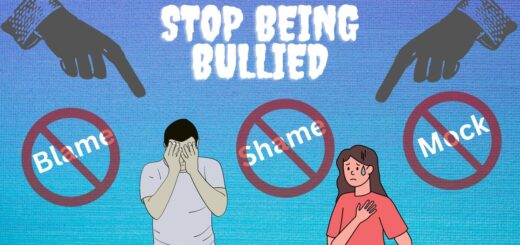What Causes Back and Knee Pain As We Age? How Can We Prevent It?

As we age, our bodies naturally start to break down and become less resilient. Our bodies undergo natural changes that can lead to back and knee pain. For example, the discs in the spine can become dry and brittle, which can lead to pain and stiffness in the back. In addition, the cartilage in the joints can start to break down, which can cause knee pain. These changes are a natural part of the aging process, and they can be made worse by factors such as obesity, lack of exercise, and osteoarthritis.
Factors Leading to Joint Pains
There are several factors that can lead to joint pain as we age. These can include:
Osteoarthritis: This is the most common form of arthritis, and it occurs when the protective cartilage on the ends of your bones wears down over time. This can cause pain, stiffness, and swelling in the affected joints.
Rheumatoid arthritis: This is an autoimmune disorder that causes your body’s immune system to attack the tissues in your joints. This can lead to inflammation, pain, and swelling in the affected joints.
Injuries: Previous injuries to a joint, such as a sprained ankle or torn ligament, can lead to joint pain. These injuries can cause long-term damage to the joint, leading to chronic pain and stiffness.
Obesity: Being overweight or obese can put extra strain on your joints, especially your knees and hips. This can lead to joint pain and increase your risk of developing osteoarthritis.
Genetics: Some people are more likely to develop joint pain due to their genetic makeup. For example, people with a family history of osteoarthritis are more likely to develop the condition themselves.
Overall, the most common causes of joint pain as we age are osteoarthritis, rheumatoid arthritis, and injuries.
How To Reduce Back and Knee Pain?
To prevent back and knee pain as we age, it’s important to take care of our bodies. There are several things you can do to help avoid or reduce knee and back pain as you get older.
Exercise regularly: Regular exercise can help strengthen the muscles in your back and legs, which can help reduce pain and improve your range of motion.
Maintain a healthy weight: Being overweight or obese can put extra strain on your joints, leading to pain and an increased risk of developing osteoarthritis. Maintaining a healthy weight can also help reduce the stress on your joints and reduce your risk of developing joint pain.
Use good posture: Good posture can help reduce the strain on your back and joints. Stand up straight with your shoulders back and your feet hip-width apart. When sitting, make sure to keep your feet flat on the floor and avoid slouching.
Use proper lifting techniques: When lifting heavy objects, use your legs to do the lifting, rather than your back. Bend at the knees and keep the object close to your body to avoid straining your back.
Apply heat or ice to painful joints: Applying heat or ice to painful joints can help reduce inflammation and relieve pain. Heat can be applied through a heating pad or warm shower, while ice can be applied using an ice pack, frozen towel, or a frozen wet sponge.
If you are experiencing chronic knee or back pain, it is important to talk to your doctor for advice on how to manage your symptoms. They can provide guidance on how to prevent or manage back and knee pain.




